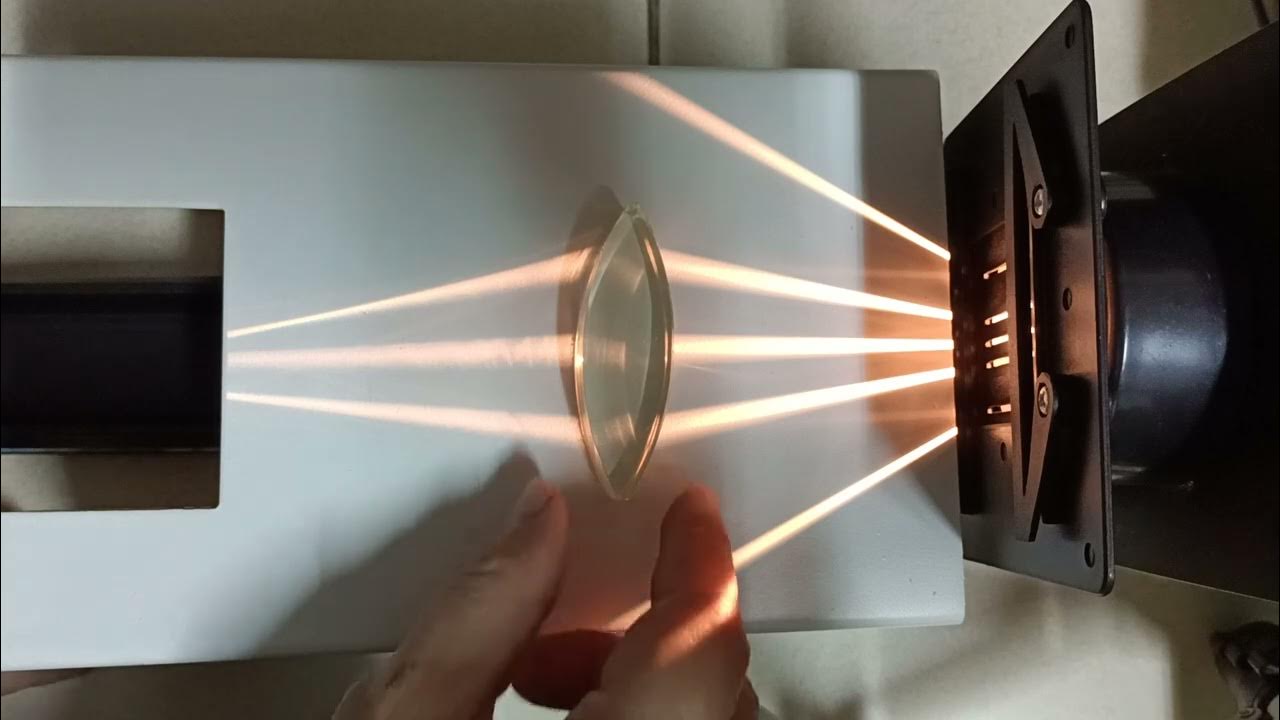Negative and Positive Peace
Summary
TLDRThis video explores the concepts of negative and positive peace, examining their differences through the lenses of realists and liberalists. Negative peace refers to the absence of organized violence, such as ceasefires, while positive peace seeks deeper harmony and fairness. The Galtung Peace Formula is introduced, highlighting how equity and harmony contribute to peace, while violence and trauma hinder it. The video also delves into global power dynamics, contrasting unipolarity (dominated by one power) with multipolarity (shared power between many states), arguing that the latter fosters peace by reducing the likelihood of conflict.
Takeaways
- 😀 Negative peace is the absence of organized violence, where people are not physically fighting but may still harbor dislike for one another.
- 😀 Realists believe that negative peace is the best achievable peace because they view competition between individuals and nations as inevitable.
- 😀 Positive peace is a deeper level of harmony, involving better relationships and cooperation among all parties, but realists view it as unrealistic.
- 😀 Liberalists see positive peace as the long-term goal, believing it can be achieved through more cooperation and interdependence among states.
- 😀 The Gulten Peace formula calculates peace by combining equity and harmony, divided by violence and trauma.
- 😀 Equity includes equal opportunities, such as voting rights, economic opportunities, and access to education and healthcare.
- 😀 Harmony refers to the peaceful coexistence of different social groups, including harmony between genders, religions, and social statuses.
- 😀 Violence and trauma can be physical (e.g., combat) or psychological (e.g., trauma from war), and also include structural violence.
- 😀 For true peace, there should be more equity and harmony than violence and trauma, as per the Gulten Peace formula.
- 😀 Realists support unipolarity, where one nation fights for supremacy over others, as seen in historical contexts like the Cold War between the USSR and the U.S.
- 😀 Liberalists prefer multipolarity, where multiple states share power and interdependence reduces the likelihood of war and violent conflict.
Q & A
What is the main difference between negative peace and positive peace?
-Negative peace is the absence of organized violence, such as a ceasefire or truce, where people are not physically fighting but may still harbor resentment. Positive peace, on the other hand, goes deeper, involving harmony and equity among all parties, and seeks to build long-lasting peace beyond the absence of conflict.
How do realists view the concept of peace?
-Realists believe that peace is difficult to achieve in its positive form, as they view the world as one where countries are in constant competition with each other. Therefore, they argue that negative peace, the absence of physical violence, is the best we can hope for.
What is the liberalist perspective on positive peace?
-Liberalists argue that positive peace is achievable and represents a deeper level of harmony. They view it as the ultimate goal of peace, following the establishment of negative peace. They believe that building lasting peace requires more than just the cessation of violence and involves addressing underlying social and economic factors.
What is the Gulten Peace formula and how does it measure peace?
-The Gulten Peace formula is an equation that calculates peace by combining equity and harmony, divided by violence and trauma. The formula suggests that a society's true peace score is determined by having more equity and harmony and less violence and trauma.
What does 'equity' mean in the context of the Gulten Peace formula?
-In the Gulten Peace formula, equity refers to the equal opportunities available to all people. This includes access to voting, economic opportunities, education, healthcare, and fairness in legal trials.
What does 'harmony' refer to in the context of peace?
-Harmony refers to the peaceful and cooperative relationships between various groups in society, such as harmony between genders, religions, and people of different social statuses.
How is violence and trauma factored into the peace equation?
-Violence and trauma, in the peace equation, include both physical and psychological forms. This could involve direct violence, like armed conflict, as well as structural violence, such as systems of oppression or societal trauma caused by war.
What does the concept of 'peace and power' refer to?
-The concept of 'peace and power' examines the balance of power in the global stage, with two main views: unipolarity, where one dominant power prevails, and multipolarity, where power is shared among multiple states, fostering interdependence and reducing the likelihood of conflict.
What is the realist perspective on global power dynamics?
-Realists support the idea of unipolarity, where one dominant power seeks supremacy over others. They argue that this kind of power struggle is inevitable and essential for maintaining peace in a competitive international system.
What is the liberalist perspective on global power dynamics?
-Liberalists advocate for multipolarity, where power is distributed across several states. They believe that such a system would create interdependence among states, making war and violent conflict less likely by encouraging cooperation.
Outlines

This section is available to paid users only. Please upgrade to access this part.
Upgrade NowMindmap

This section is available to paid users only. Please upgrade to access this part.
Upgrade NowKeywords

This section is available to paid users only. Please upgrade to access this part.
Upgrade NowHighlights

This section is available to paid users only. Please upgrade to access this part.
Upgrade NowTranscripts

This section is available to paid users only. Please upgrade to access this part.
Upgrade NowBrowse More Related Video
5.0 / 5 (0 votes)





